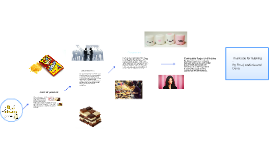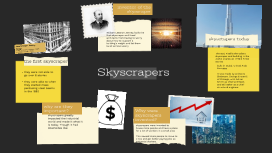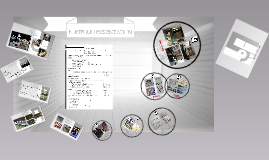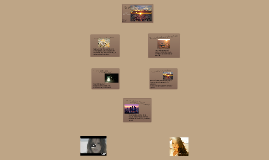Skyscraper
Transcript: Chrysler Building, in midtown Manhattan, New York City, is an art deco-style skyscraper built in 1926–30. For about a year, until the completion (1931) of the Empire State Building, the Chrysler was the world's tallest building. Comprised of 77 stories and 1,048 ft (319 m) tall, this steel-framed office building is a stepped tower with two primary setbacks. Its lobby is an art deco extravaganza of marble, chrome, and fresco. The term "skyscraper" was first used during the 1880s, shortly after the first 10 to 20 story buildings were built in the United States. Combining several innovations: steel structure, elevators, central heating, electrical plumbing pumps and the telephone, skyscrapers came to dominate American skylines at the turn of the century. Tallest Skyscraper Skyscraper Technology Style design by Dóri Sirály for Prezi The Flatiron Building was one of New York City's first skyscrapers, built in 1902 by George A. Fuller's building company. The world's tallest building when it opened in 1913, 793-foot Woolworth Building was considered a leading example of tall building design. After the Great Depression skyscrapers construction suffered a pause for over thirty years due to economic problems. A revival occurred with structural innovations that transformed the industry, making it possible for people to live and work in "cities in the sky". In the early 1960s structural engineer Fazlur Khan realized that the dominating rigid steel frame structure was not the only system apt for tall buildings, marking a new era of skyscraper construction in terms of multiple structural systems. His central innovation in skyscraper design and construction was the concept of the "tube" structural system, including the "framed tube", "trussed tube", and "bundled tube". These systems allow greater economic efficiency, and also allow skyscrapers to take on various shapes, no longer needing to be rectangular and box-shaped. Needs, Wants, and Environment Earliest Skyscrapers Since the birth of the skyscraper, builders and engineers have continuously looked for ways to improve building methods and materials, in order to make structures stronger, taller, and lighter. Skyscrapers are built to last, so they must be made of materials that are strong; durable; resistant to the sun, wind, rain, frost, and snow; and affordable. Concrete is one of the most common materials, beyond the steel supports, because it is enormously versatile. Its composition can be changed depending on the needs of the building. At over 828 meters (2,716.5 feet) and more than 160 stories, Burj Khalifa holds the following records: Tallest building in the world Tallest free-standing structure in the world Highest number of stories in the world Highest occupied floor in the world Highest outdoor observation deck in the world Elevator with the longest travel distance in the world Tallest service elevator in the world Skyscrapers Elda Castellon

















